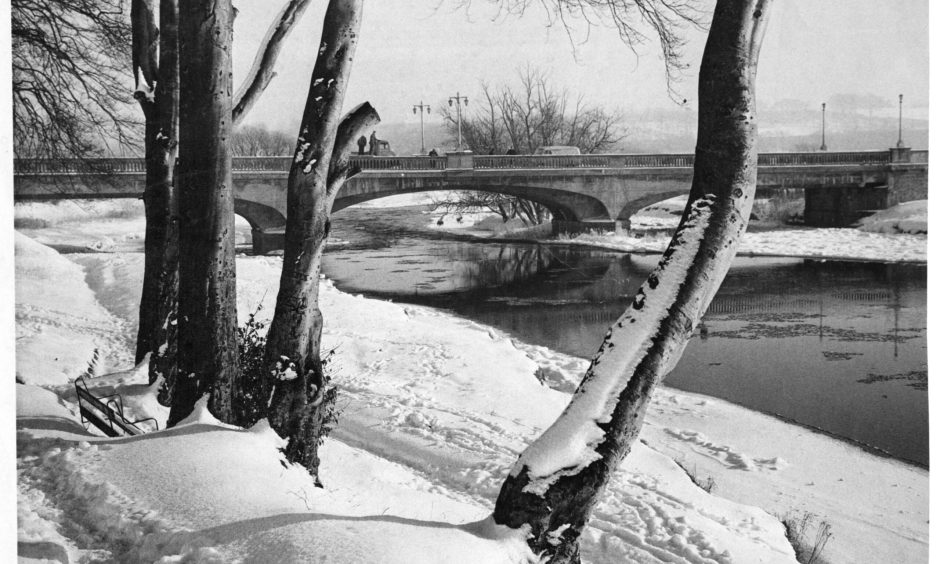
When the Don Bridge in Inverurie opened 100 years ago, it was a vital link between Aberdeen and the north of Scotland.
Historically, the River Don formed the boundary between the parishes of Inverurie and Kintore.
A bridge has stood on the site since the late 1700s, but by 1924 this was no longer adequate for ‘modern’ life.
The cantilevered bridge we know today, used by generations of travellers, was completed in 1925 using the relatively new method of poured concrete.
Now a century on, we look back at the innovative bridge that linked two burghs.
The first Don Bridge was built from stones dug up in fields near Inverurie
The foundation stone for the old bridge over the River Don at Inverurie was laid on June 27 1789.
But an earlier mention in the Press and Journal in 1785 publicised a desire for public subscriptions towards the £2,000 cost of construction.
At that time there was no Ministry of Transport or county council to cover costs – if the public wanted infrastructure they had to pay for it.
Quarrying in the modern sense was unknown then and it took two years to gather enough stones from surrounding countryside to build the old Don Bridge.
Stones were even carted from Bennachie for construction.
It took two years from start to finish to build and masons were paid 4p a day, with the master mason paid four-and-a-half pence a day.
A quaint and picturesque bridge, it weathered every storm, including the “muckle spate” of 1828.
In August of that year a storm turned the Don into a raging torrent, raising it to its greatest-ever known height.
It spilled over into 2,000 acres of “the very best land in the district”, destroying all the crops in its watery wake.
A marker of that significant event still exists on the Don Bridge today.
But it was not weather or flooding that prompted the replacement of the historic bridge, but traffic.
Historic bridge was inadequate for ‘modern’ traffic in 1924
The old roadway was 16 feet 3 inches (5 metres) wide which rose in the middle and was supported by three arches.
Although the bridge was considered to be “solidly built”, the width was deemed inadequate for the volume of traffic in 1924.
The sharp rise in the middle made visibility difficult for approaching traffic, but lowering the gradient wasn’t an option.
Instead, in February 1924, an entirely new 25ft-wide bridge was proposed, and the road approaching from the Inverurie side would also be widened to get rid of existing awkward corners.
A floodwater culvert was to be installed on the Port Elphinstone side.
And the bridge had to be able to bear the heaviest load stipulated by the Ministry of Transport in 1924 – “traction engines with a train of tractors passing each other on the bridge under the worst conditions”.
Don Bridge formed main route north on A96 from Aberdeen
At this time, the River Don crossing between Port Elphinstone and Inverurie was part of the main road between Aberdeen and the north.
There was no bypass around Inverurie, or any town, the A96 slowly meandered its way through little communities.
A replacement bridge was a huge undertaking and the old one could not simply be demolished.
Instead, a temporary wooden pile and trestle bridge that stretched 510ft long across the Don was constructed upstream.
The makeshift structure was only wide enough for one lane of traffic and a 3ft pavement – although back in 1924 this probably wasn’t the headache it would be today.
Nevertheless, some traffic control was necessary, so glass-screen signals were used.
Lit by gas at night, they were controlled from a signalman’s hut built into the north bank of the river on a site where the operator commanded a clear view of both the roads to Aberdeen and Kemnay.
Lime and granite bridge replaced with poured concrete construction
The new Don bridge was to be built in reinforced concrete and designed to cantilever from the piers outwards.
The existing piers and abutments below the springing level (where the arch begins) would be reused for the new structure.
A concrete slab would be installed supported by five main girders with a trough along both pavements for water and gas mains.
Meanwhile, the parapet was to be built with precast concrete balusters, which has given the bridge its unique appearance over the last 100 years.
It was proposed the work would take just one year and cost £14,275, broken down into £11,495 for the reinforced concrete bridge, £315 for the floodwater culvert and £2,465 for the temporary bridge.
The cost of the Don bridge reconstruction scheme was footed by the County Road Board, the Garioch District Committee and Inverurie Town Council.
Ultimately the work cost £16,197 and 2 shillings with the Ministry of Transport covering 65%.
Residents ‘regretted’ romance was sacrificed for convenience
At the time the ministry told road authorities to conserve old bridges that were valuable for beauty or archaeological interest.
People in Inverurie “lamented the passing of a historical landmark, and regretted that once more romance had been sacrificed in the gaining of convenience”.
But the old bridge could not be adapted for modern demands.
Work on the new crossing began in April 1924 with the construction of the temporary wooden bridge and staging to carry concrete.
It took two years to build the old bridge but just three weeks to demolish it, although it was no easy feat.
The old bridge, built of stone and lime mortar, was well kept and repointed from time to time, and as a consequence “had no visible defects”.
In fact when it came to the demolition, the masonry of the old bridge “was exceptionally well built”.
The lime mortar “held so firmly that many of the ring stones in the arch broke before they were separated from their neighbours”.
Bridge strength was tested by heavy traction engines and steam rollers
Once the old bridge was down it took just 12 months to complete the new one.
After the bridge was constructed, it was tested by four traction engines slowly travelling abreast pulling loads weighing a total weight of 92 tons.
The weight was far more than the bridge needed to bear and it only deflected by 1/16th of an inch – just 1.5mm in metric measurements.
Passing tests with flying colours, the opening ceremony was scheduled for May 30 1925.
The ceremony was performed at the Port Elphinstone end of the bridge by the Earl of Kintore whose great-great-grandfather had laid the foundation stone in 1789.
Hundreds of people from Inverurie and district gathered to watch, with both work and schools being temporarily suspended for the occasion.
Provost W Taylor presided over the ceremony while Inverurie brass band provided the entertainment.
Reverend James Black blessed the bridge before the Earl made his speech.
‘May bridge stand for generations – a memorial to all concerned’
He began by praising the contractor William Tawse for overseeing the construction with no “loss of life or permanent disability” – an occupational hazard at the time.
The Earl added: “May it stand for generations – a memorial to all concerned with its erection; and in the hope and belief that it will greatly facilitate the road transport of the district, I have now the pleasure of declaring this new bridge open to traffic.”
Mr Tawse presented the Earl with a gold cigarette case as a memento of the occasion with the initial ‘K’ engraved in one corner.
Inside, were engraved drawings to scale of the old bridge and the new.
The Earl then cut the blue ribbon stretching across the bridge and was the first to cross in his motorcar.
Among the many who followed was Sir James Taggart who was born at nearby Coldwells Farm 76 years previously.
He remarked that he’d crossed the old bridge hundreds of times on his way to the Canal Head school, “sometimes by the roadway and sometimes in foolhardy manner on the parapet”.
There was great demand among bystanders to secure a bit of blue ribbon as a souvenir of the opening.
While it seems unlikely snippets of ribbon have survived the centenary, the bridge has indeed stood steadfast for generations, virtually unchanged by time.
If you enjoyed this, you might like:
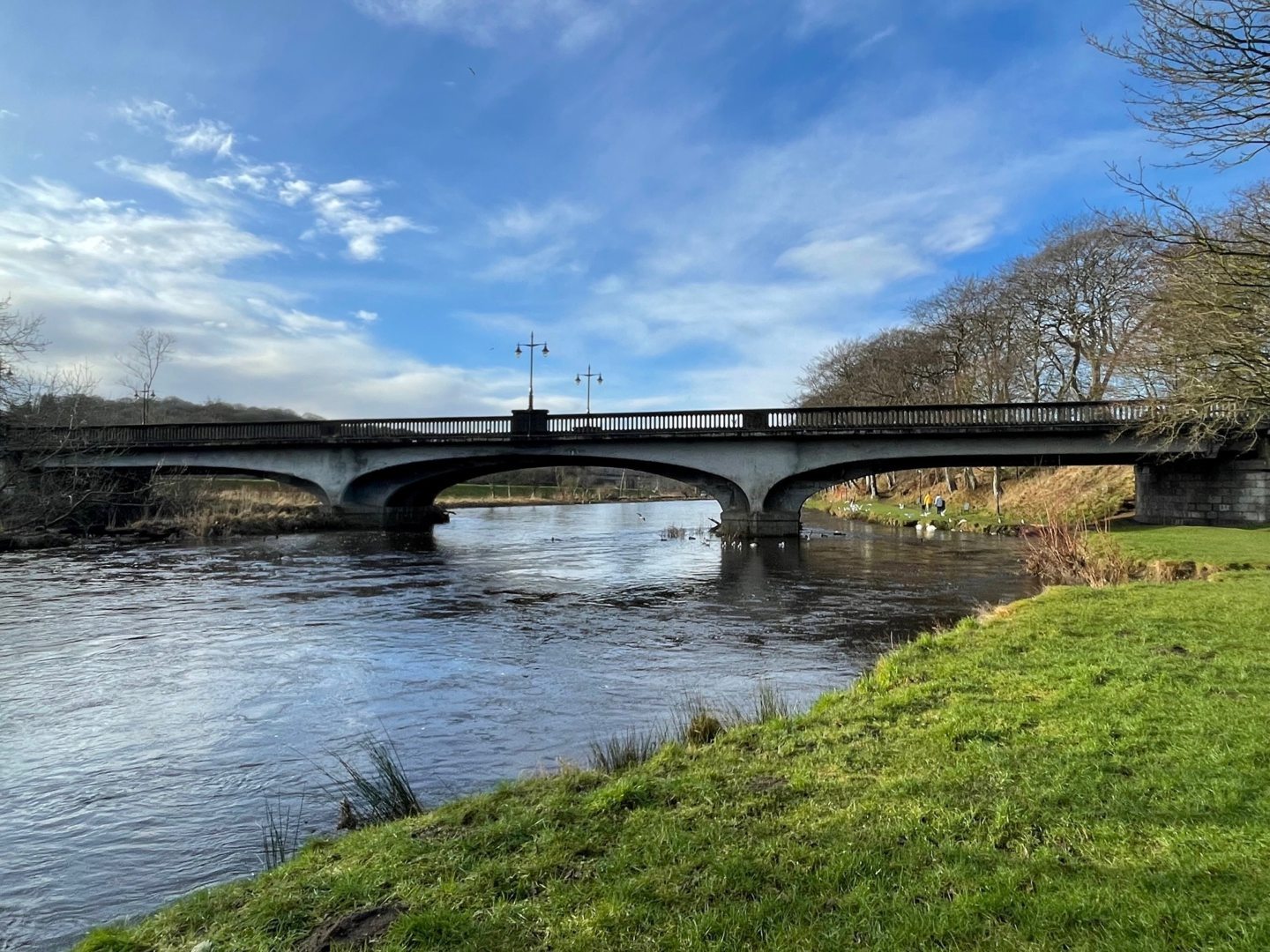
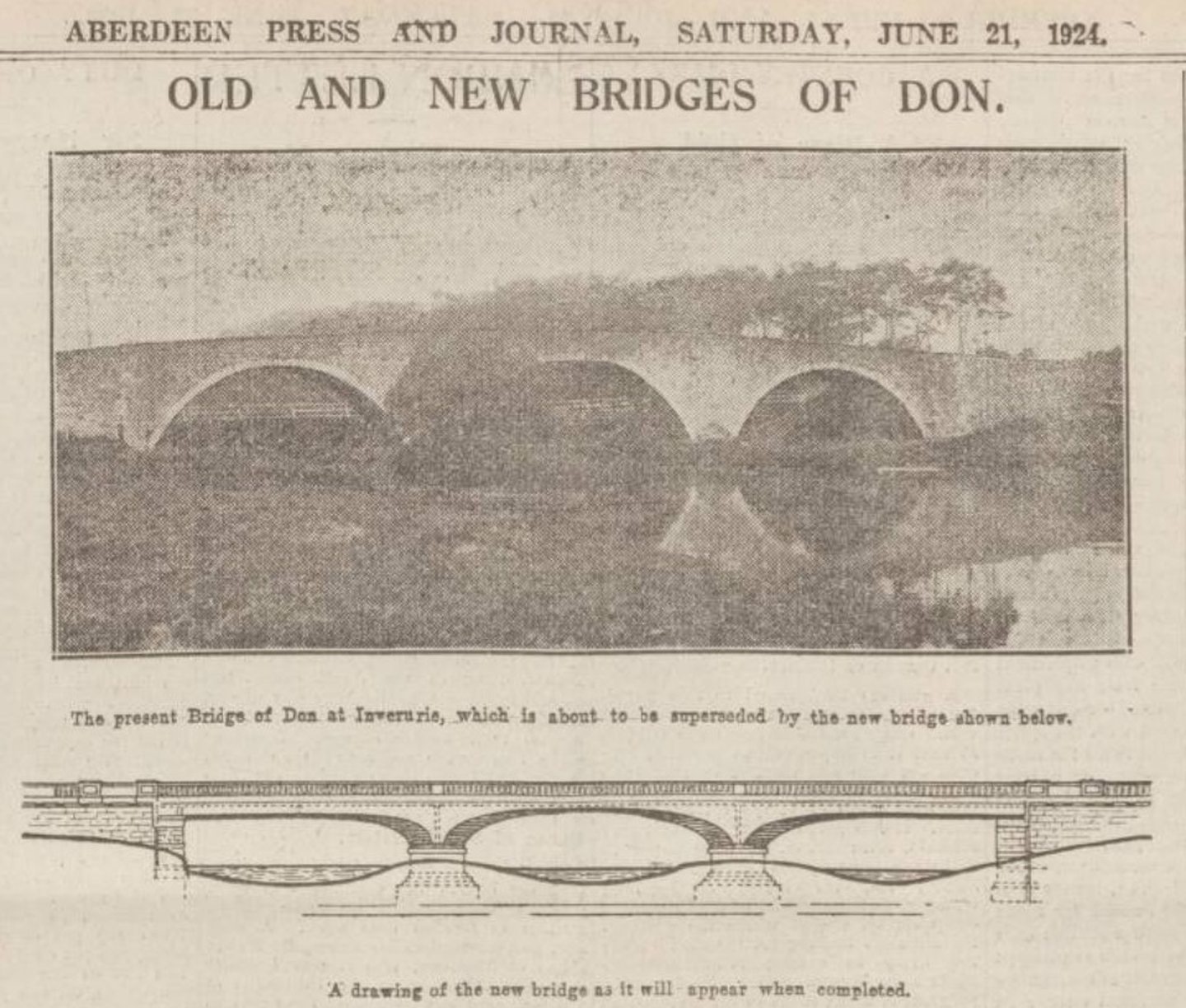
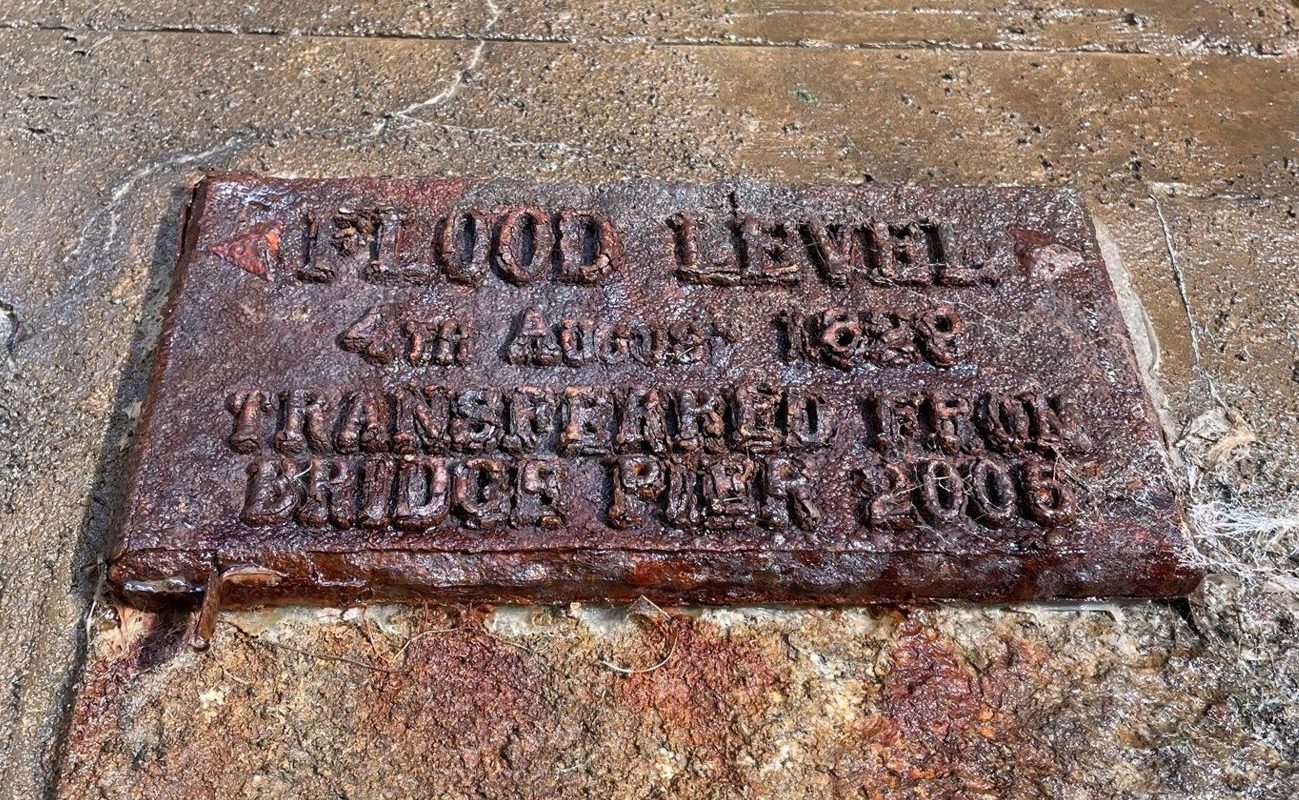
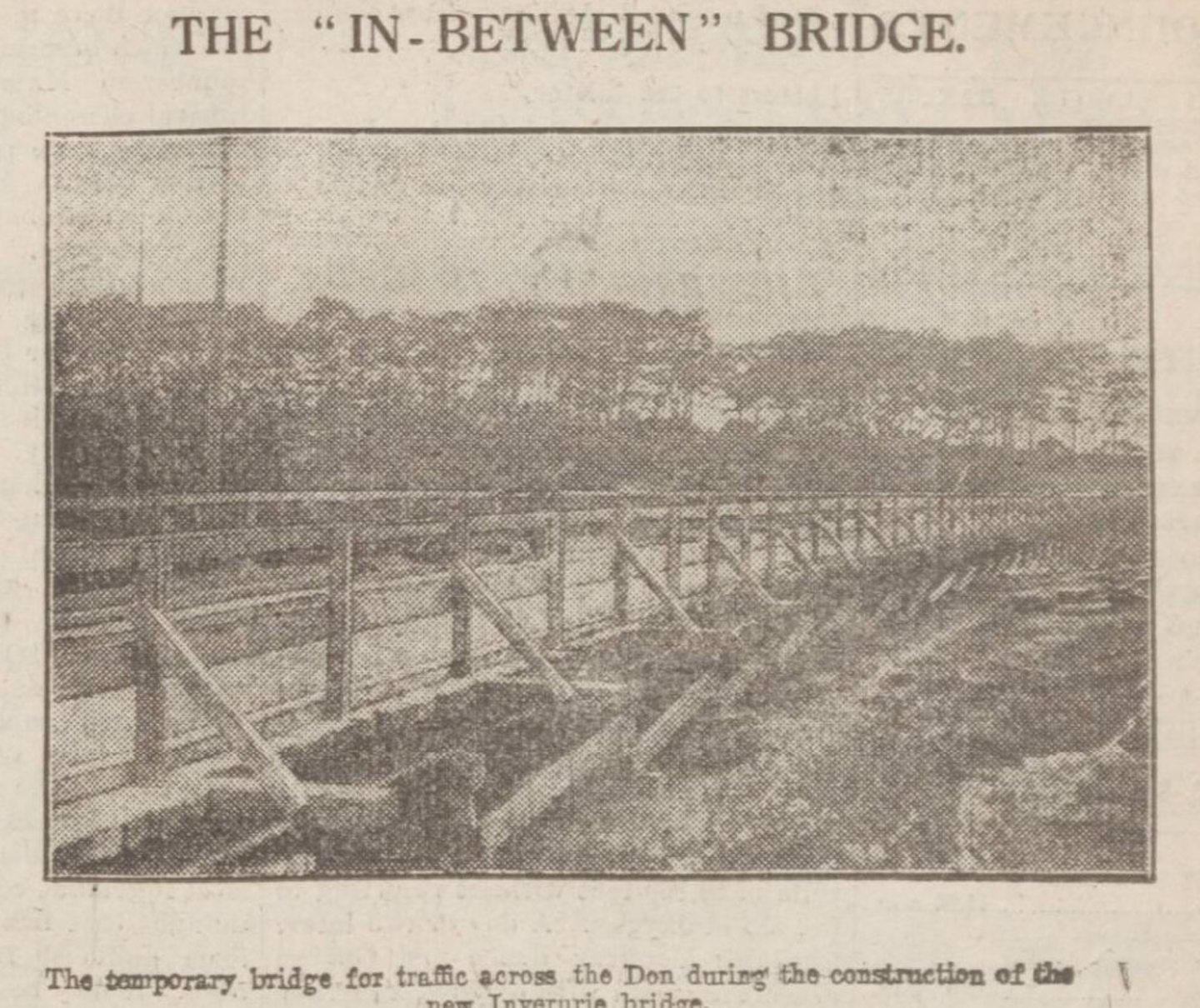
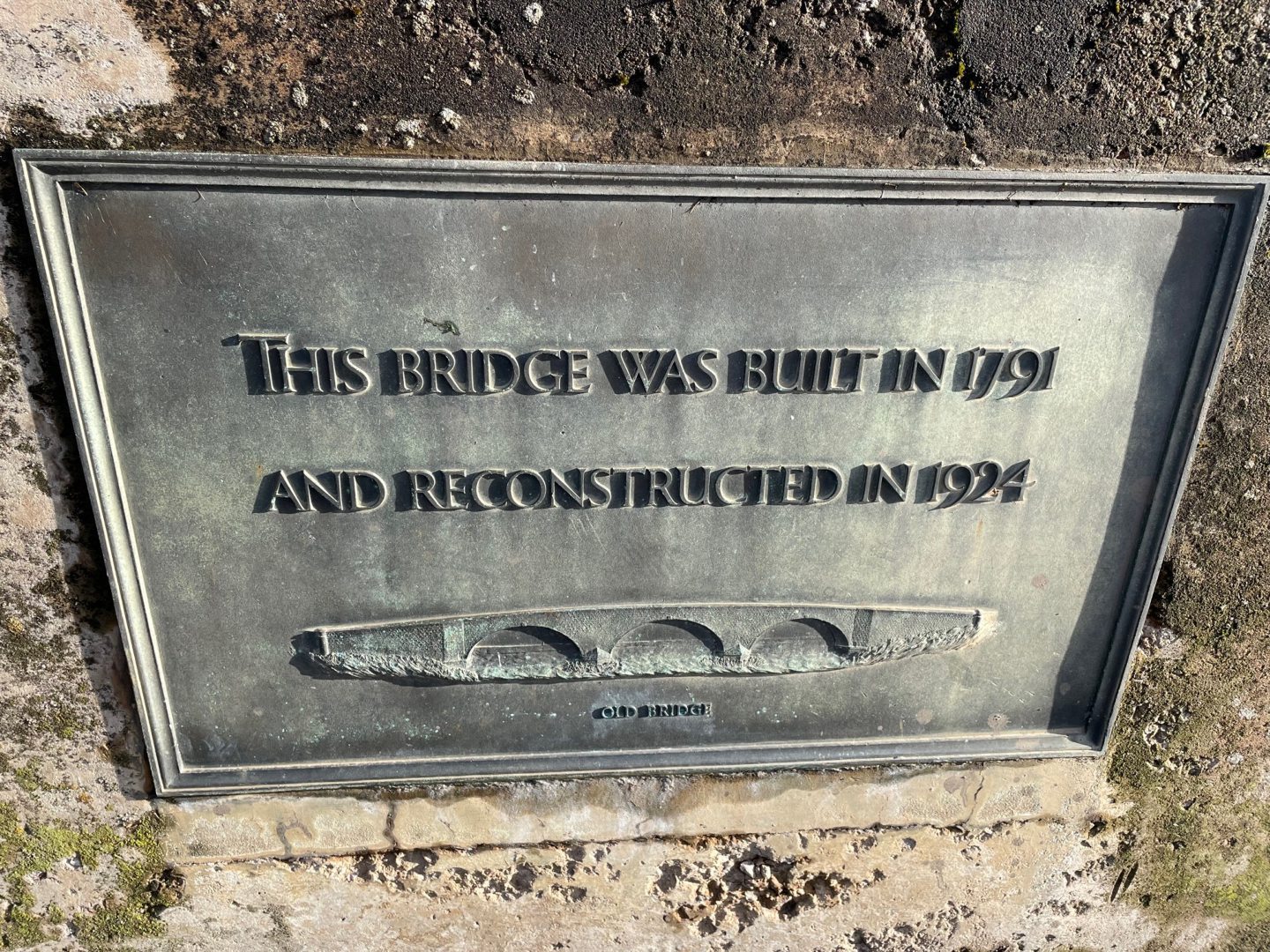
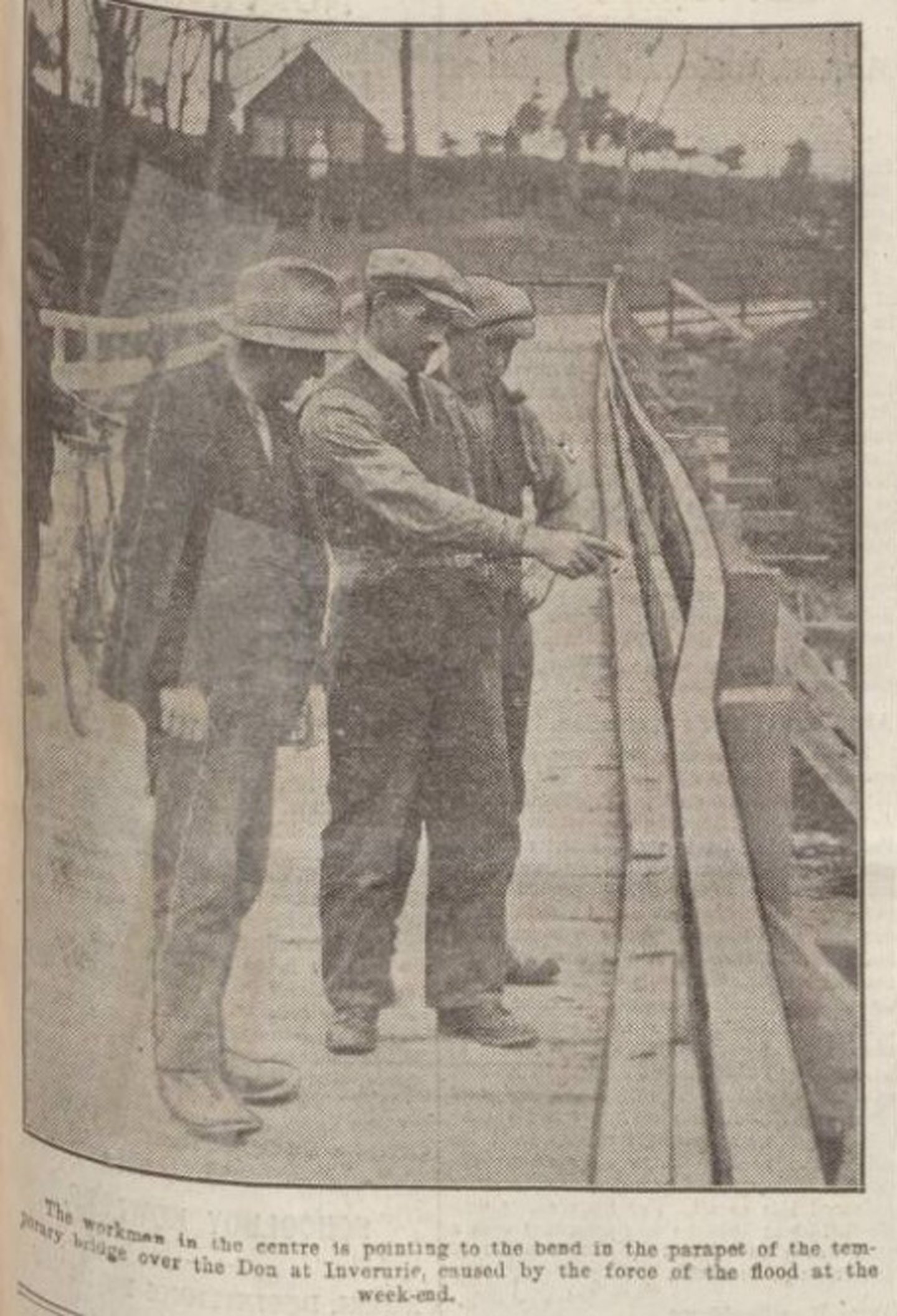
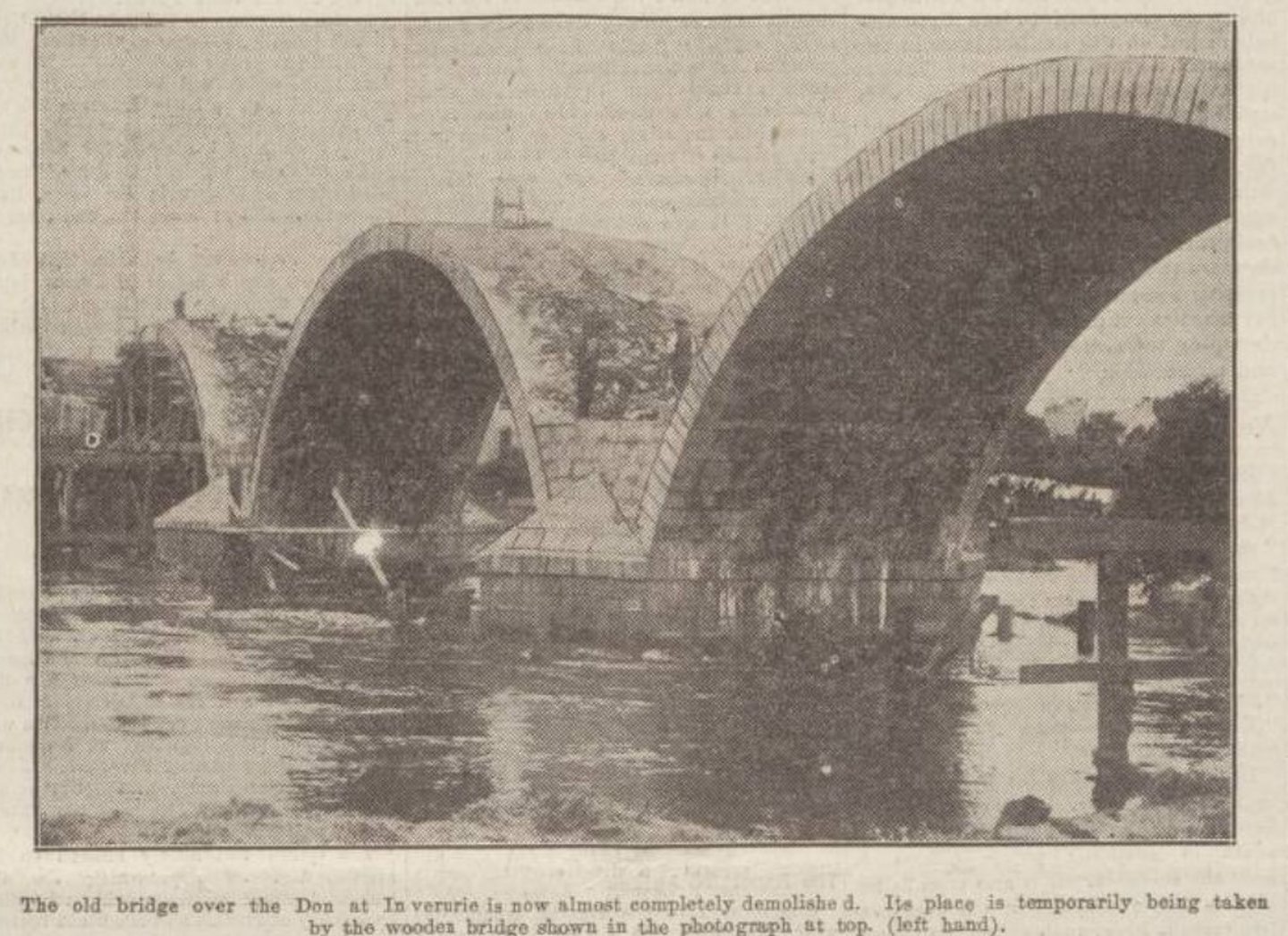
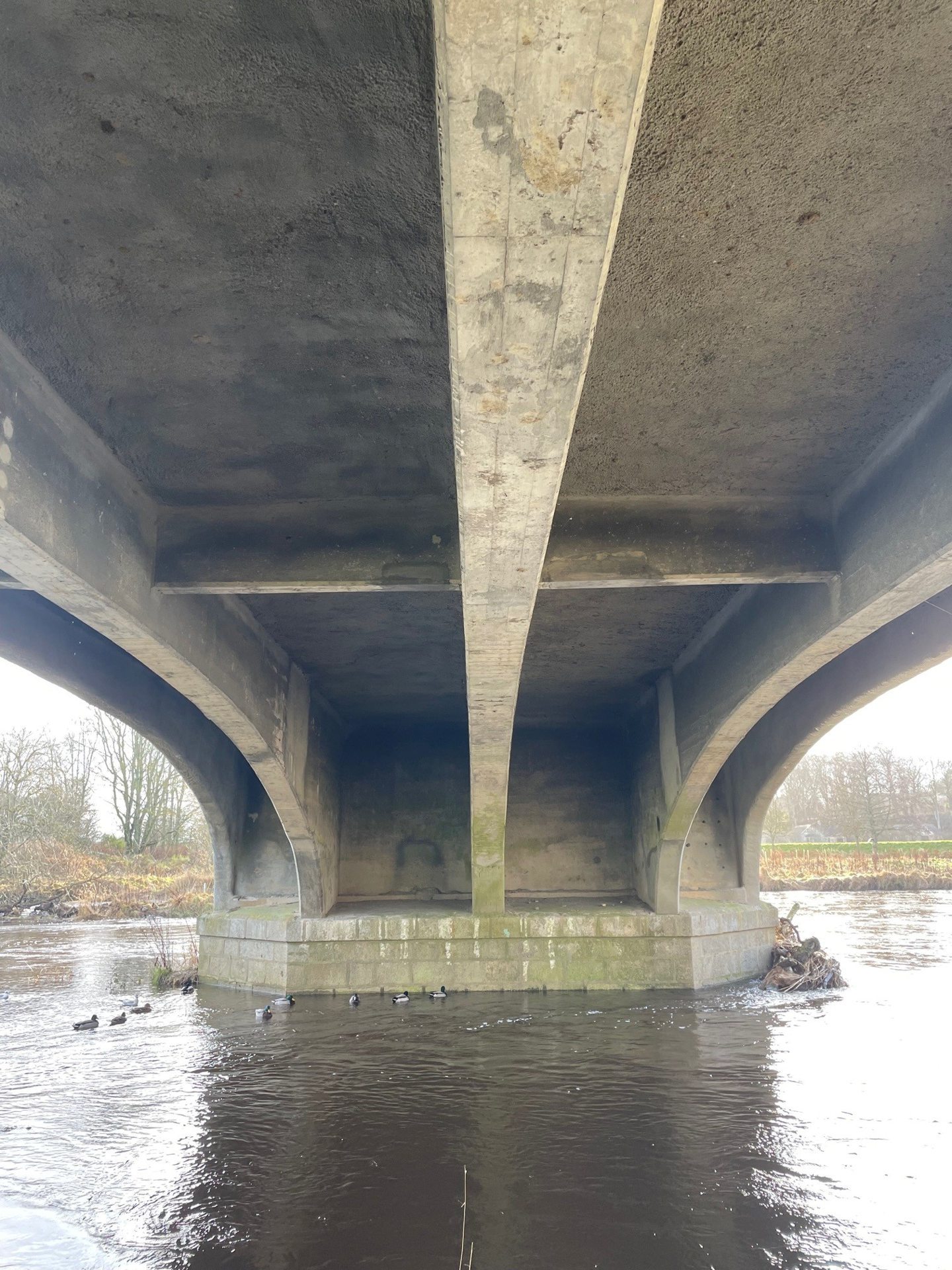
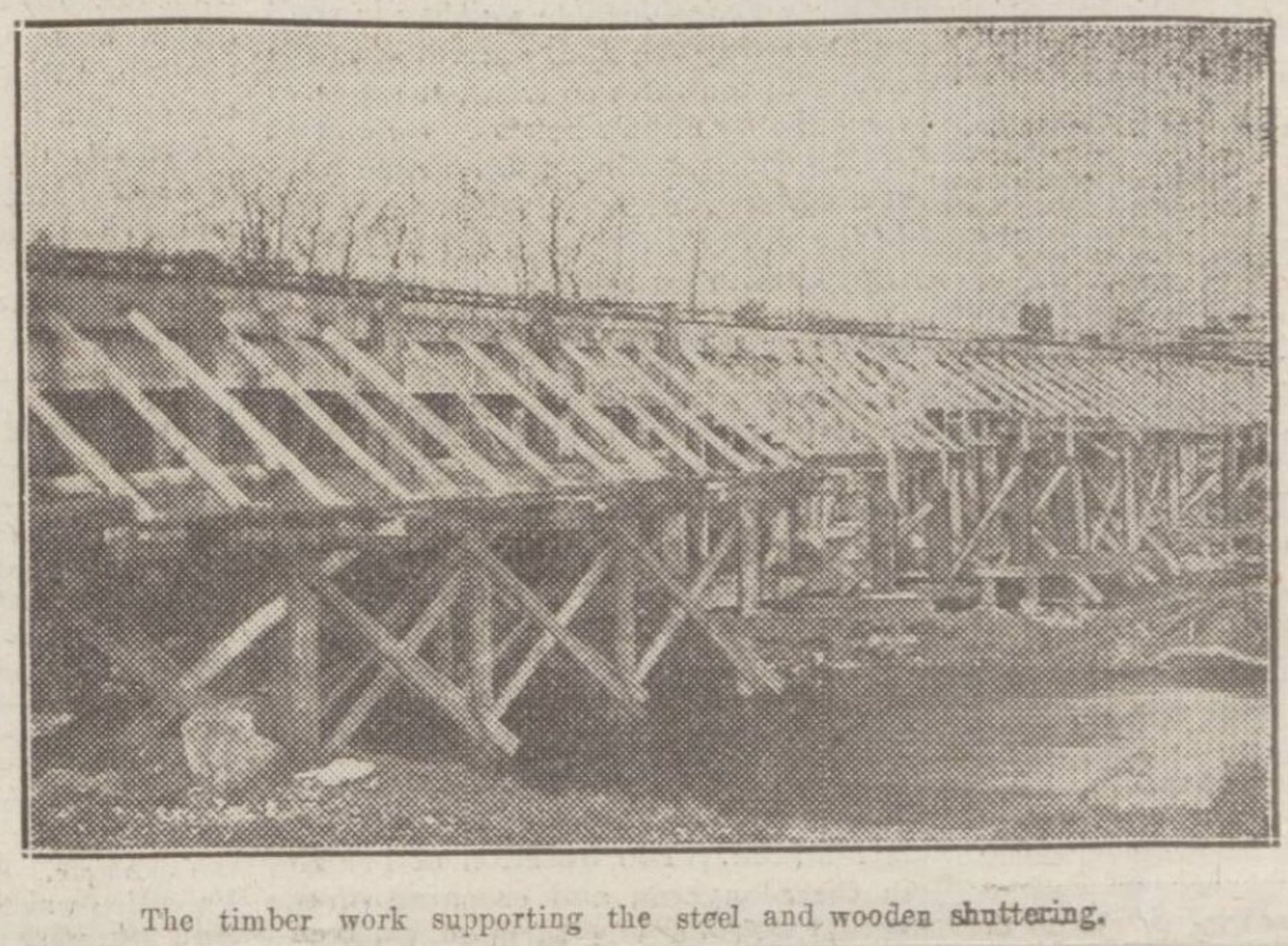
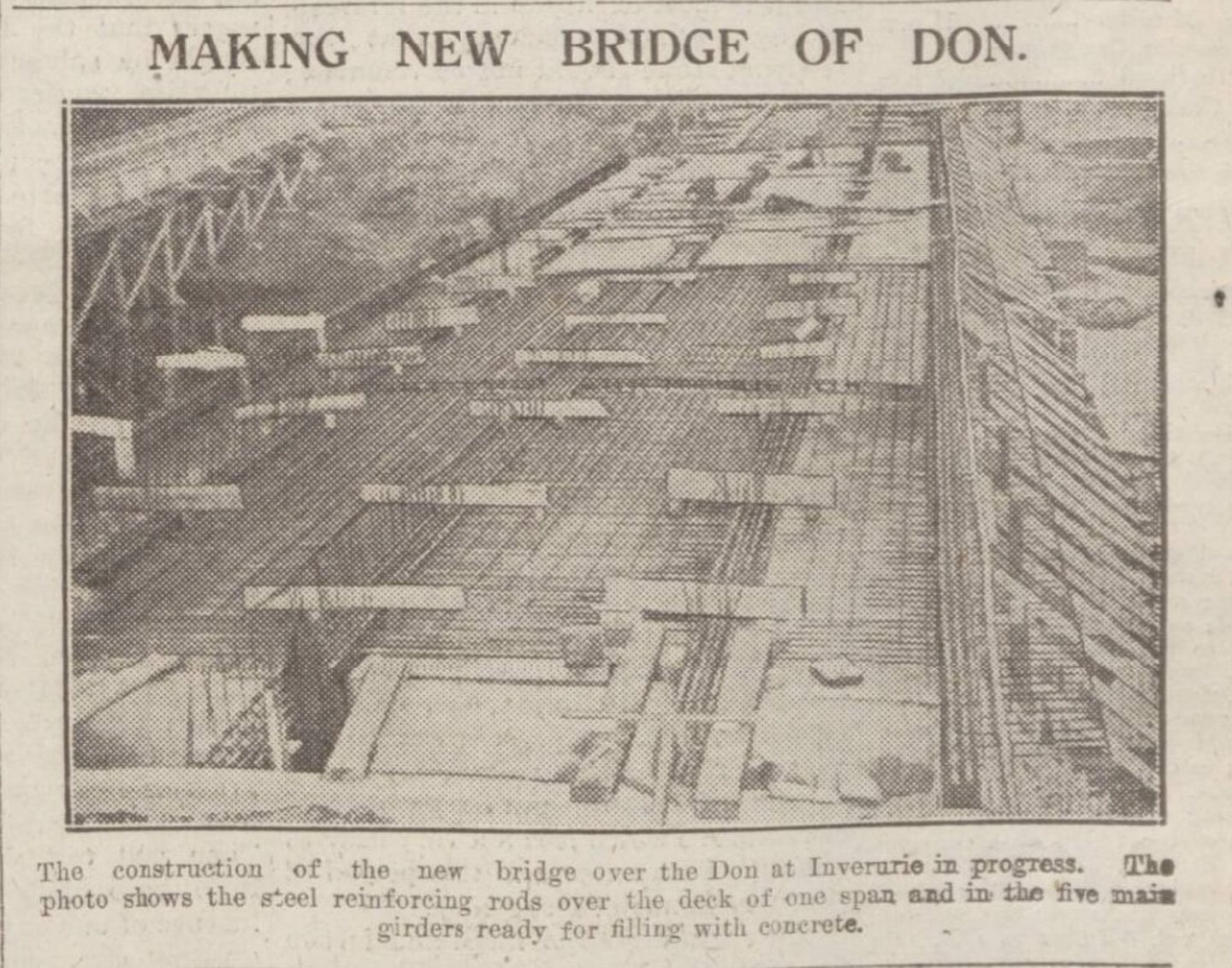
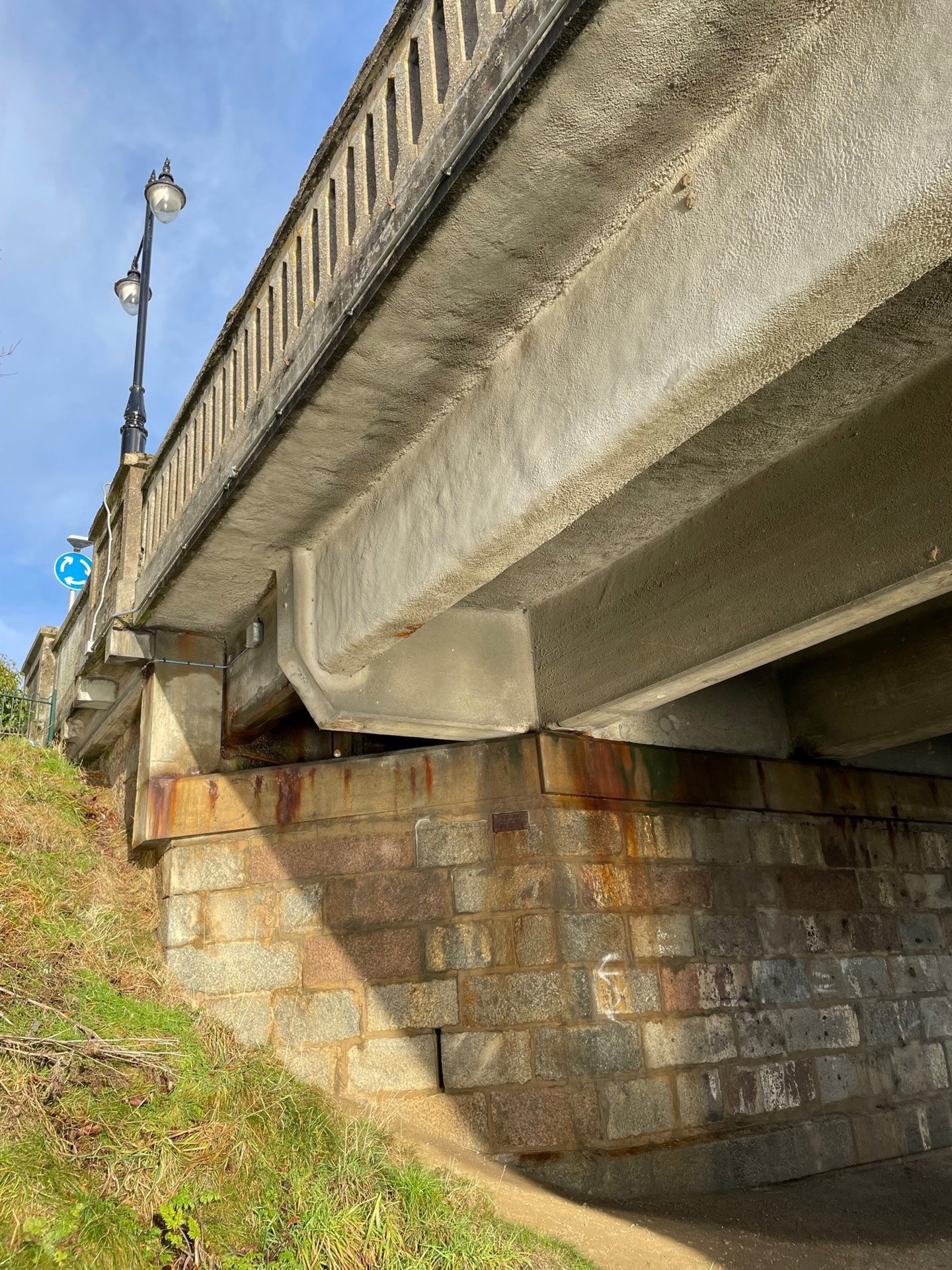
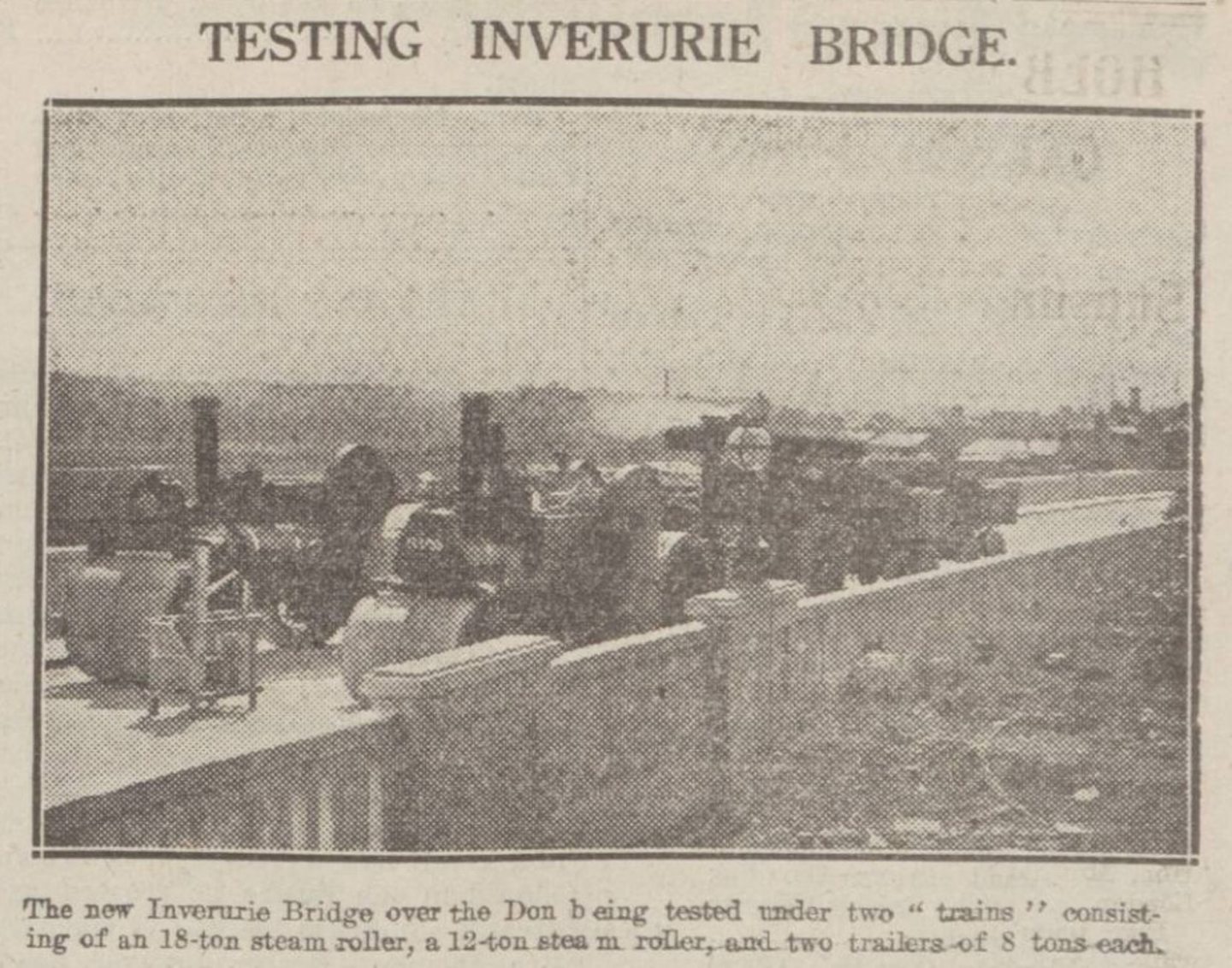
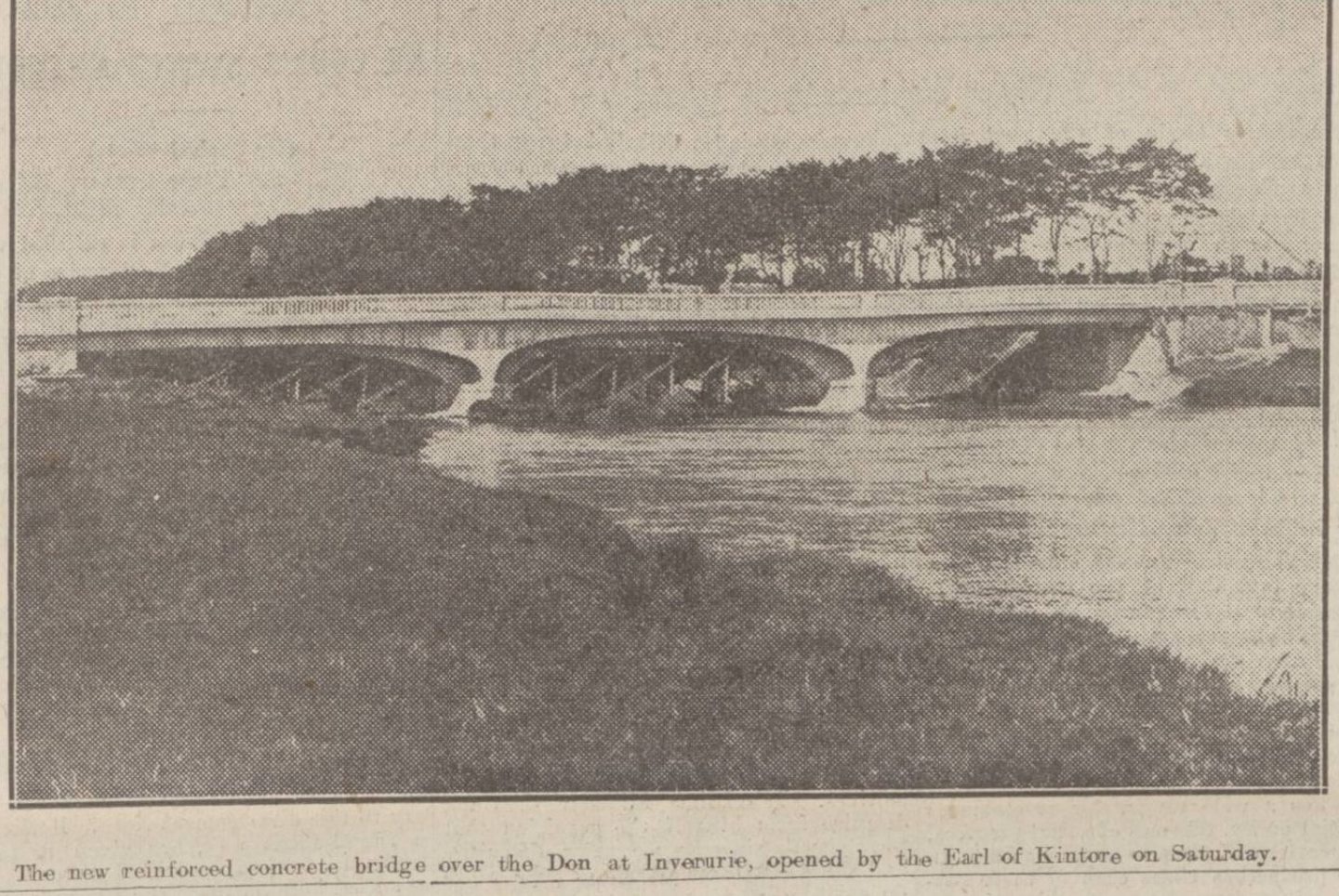
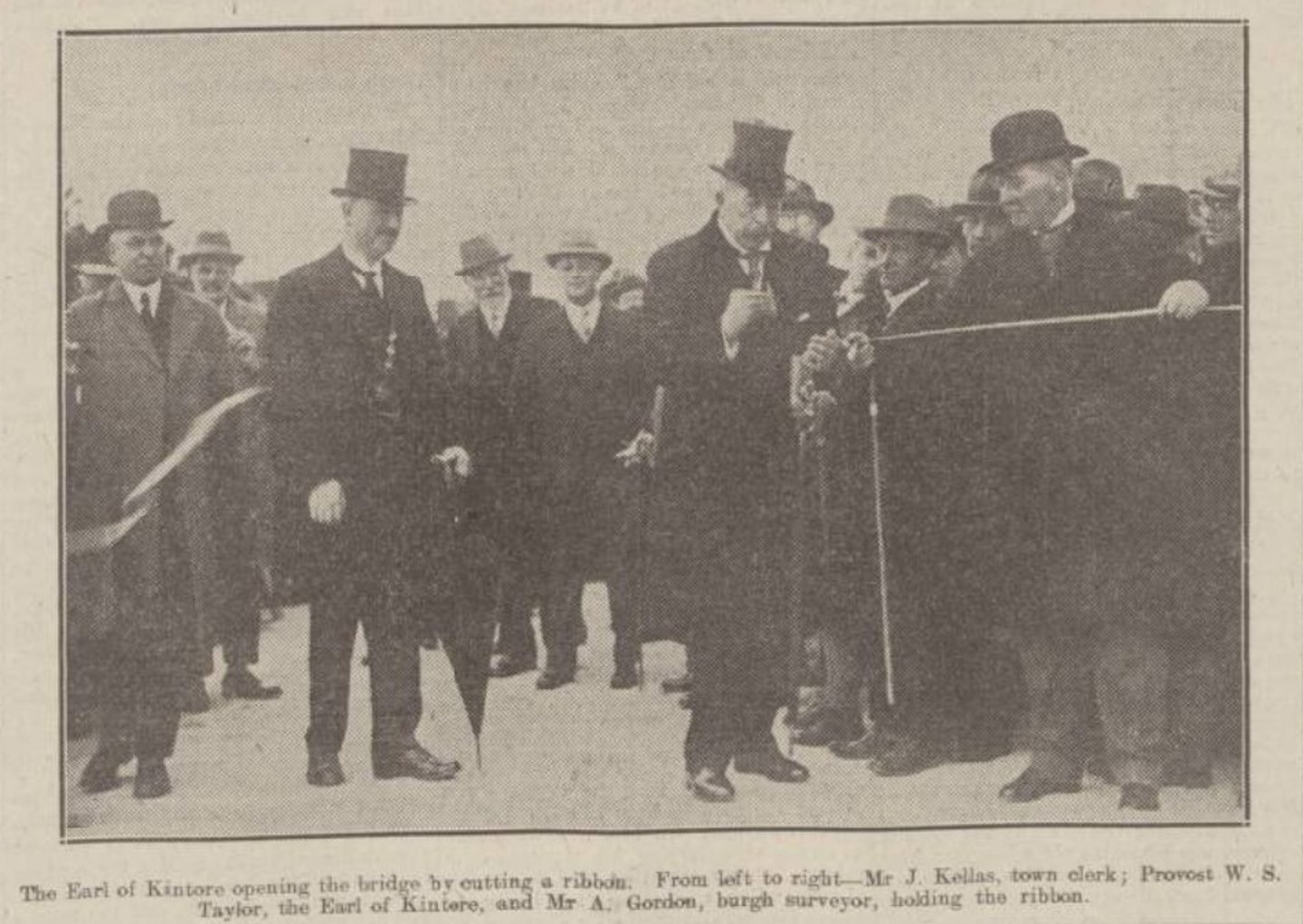
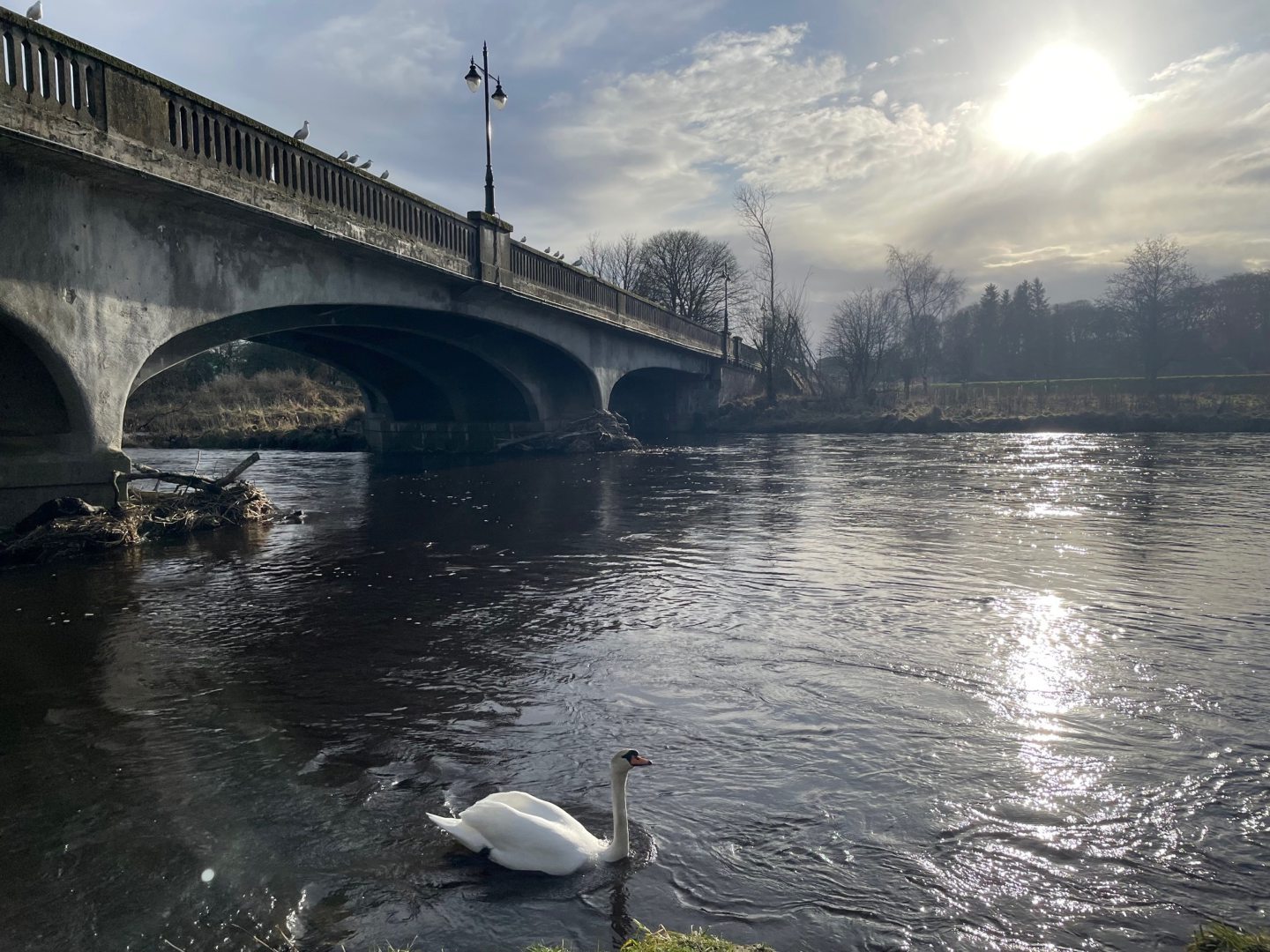
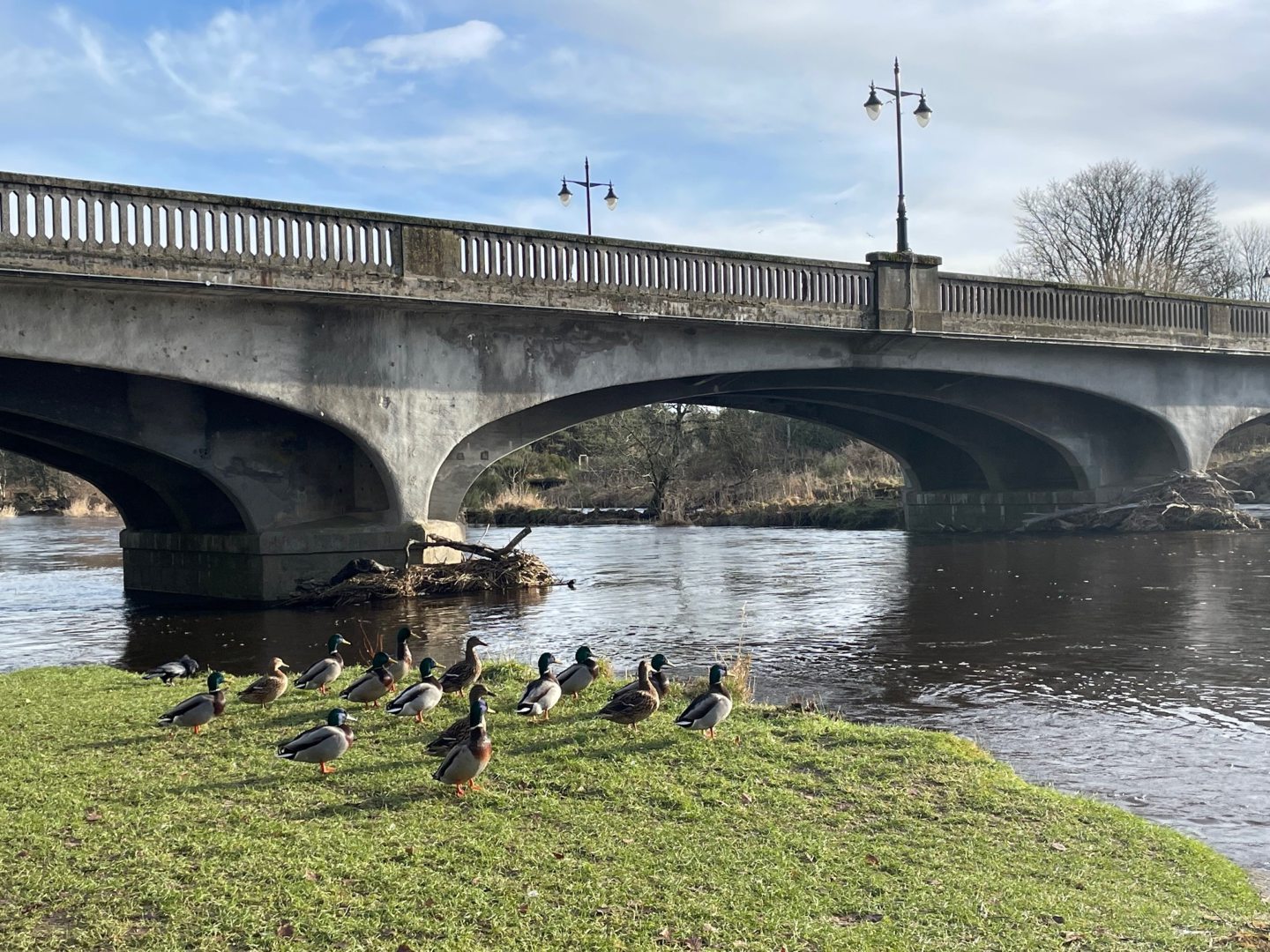
Conversation